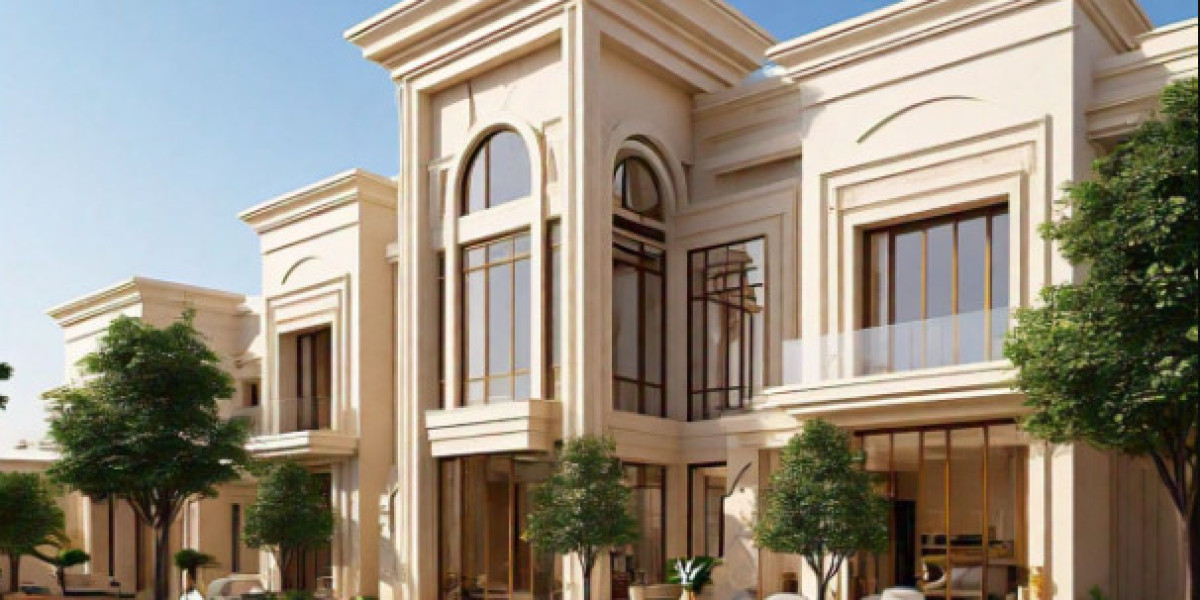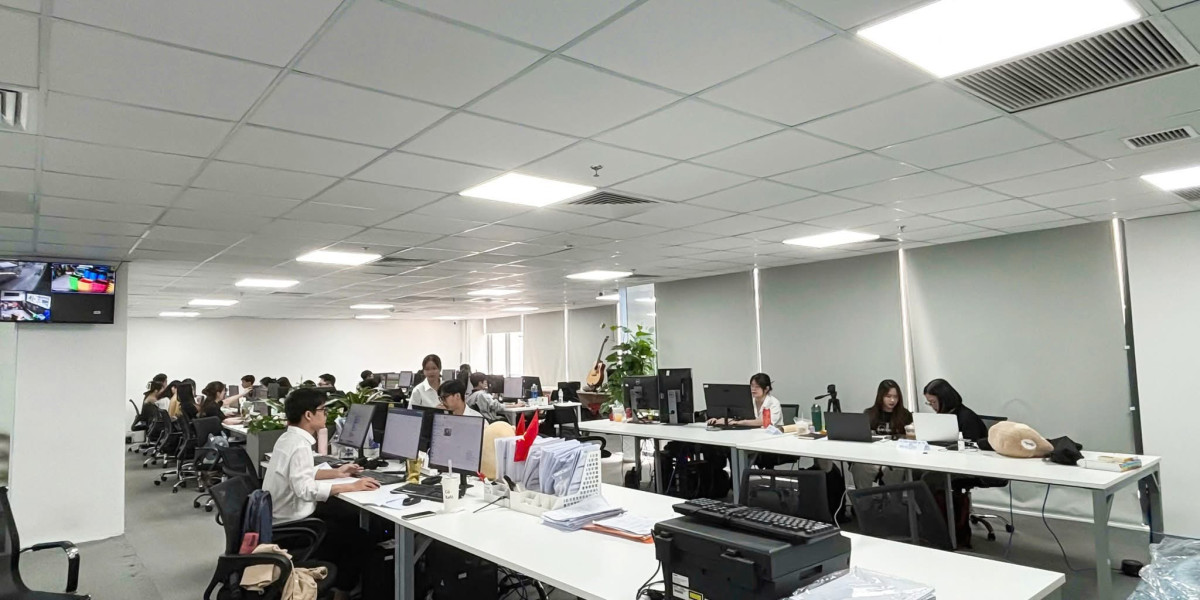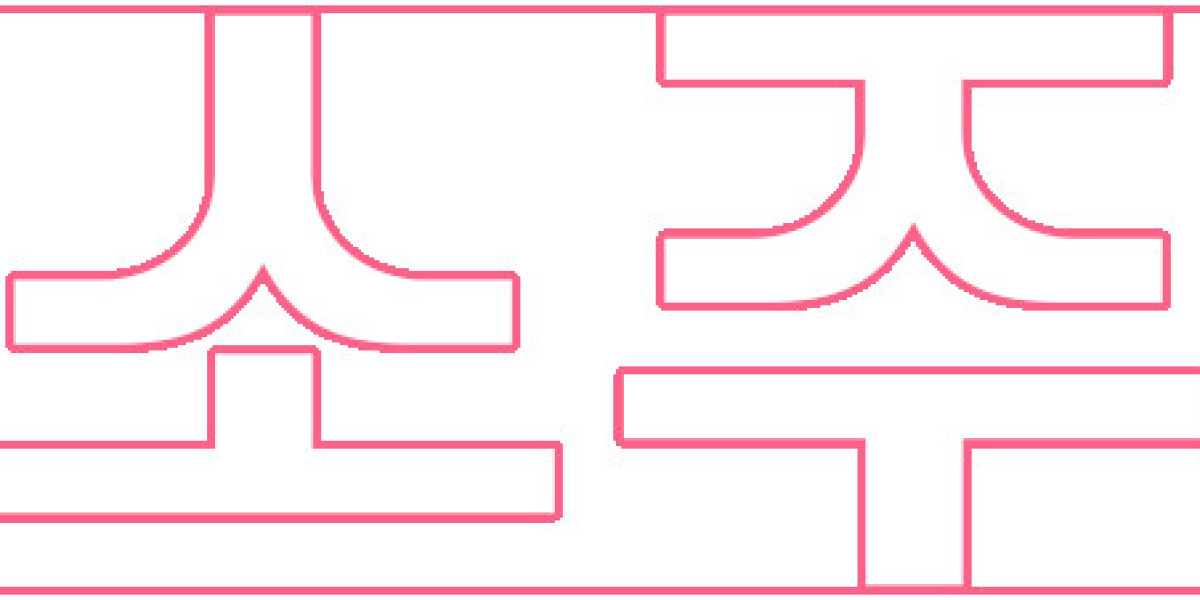The architectural design of villas in Al Daayen, a region located in Qatar, is deeply influenced by the country's rich cultural heritage, history, and traditional values. As one of the most rapidly developing areas in Qatar, Al Daayen has embraced modernity while simultaneously preserving its cultural identity through thoughtful architectural practices. The design of villas in this region serves as a reflection of Qatari culture, integrating elements of the past with contemporary design principles to create homes that cater to the modern lifestyle while honoring tradition.
1. The Influence of Traditional Qatari Architecture
Qatar’s architectural history is rich in tradition, drawing from its Islamic heritage, desert surroundings, and maritime influences. The architectural designs of luxury villas for sale in Al Daayen are not only modern but often reflect these historical elements, creating a sense of continuity between the past and the present.
a. Majlis and Family-Centered Spaces
One of the key features of traditional Qatari homes is the Majlis, a space used for receiving guests and family gatherings. This concept is often incorporated into the design of villas in Al Daayen, with large, open-plan living rooms or dedicated spaces where families and guests can come together. The Majlis is central to Qatari culture, representing hospitality, respect, and community. The emphasis on family-oriented living spaces is a direct reflection of Qatar's values, where family plays a significant role in society.
b. Courtyards and Privacy
Privacy is highly valued in Qatari culture, especially in residential settings. Traditional Qatari homes were designed with inward-facing courtyards that provided private outdoor spaces for family members. This principle is mirrored in the architectural design of villas in Al Daayen, which often include private courtyards, walled gardens, and high walls that ensure a sense of seclusion from the outside world. These courtyards often feature lush gardens, water features, and spaces for outdoor living, reflecting the Qatari desire for peace, tranquility, and family privacy.
2. Incorporating Islamic Architectural Elements
Islamic architecture has a profound influence on the design of villas in Al Daayen. From geometric patterns to arches and domes, the design elements borrowed from Islamic architecture are not only aesthetically pleasing but also carry cultural significance.
a. Mashrabiya and Natural Ventilation
One of the most iconic features of traditional Islamic architecture is the use of Mashrabiya—intricate wooden latticework that covers windows to provide shade and privacy while allowing for airflow. In many villas in Al Daayen, modern adaptations of Mashrabiya can be seen on windows or balconies, which provide shade while also enhancing the architectural beauty of the building. This also reflects the Qatari tradition of adapting to the harsh desert climate by promoting natural ventilation and cooling.
b. Arched Windows and Doorways
Arched windows and doorways are characteristic of Islamic architecture and are often incorporated into the design of villas in Al Daayen. These arches not only add to the aesthetic appeal of the villa but also create a sense of openness and harmony with the environment. The arch design draws inspiration from Islamic mosques and palaces, reinforcing the cultural connection between modern architecture and Qatar’s rich history.
3. Integration of Qatari Cultural Symbols and Materials
Architects and designers in Al Daayen frequently use local materials and traditional construction techniques in the design of villas to celebrate Qatari heritage. The materials used in construction are often sourced locally, ensuring that the villas blend seamlessly with the natural landscape and respect local building traditions.
a. Use of Limestone and Sandstone
Limestone and sandstone, two materials commonly found in Qatar’s desert landscape, are frequently used in the construction of villas in Al Daayen. These materials not only reflect the natural beauty of the environment but also help to regulate temperature, an important consideration in Qatar's hot climate. The use of these materials reinforces the connection between the villas and their surroundings, grounding them in the Qatari landscape.
4. Embracing Modernity with Cultural Sensitivity
While the design of villas in Al Daayen pays homage to Qatari culture and history, it also embraces modern architectural trends and innovations. Contemporary villas are equipped with cutting-edge technology and luxury amenities that cater to the needs of today’s homeowners. This harmonious blend of tradition and modernity is a hallmark of Qatari architecture.
a. Smart Homes and Sustainability
Many villas in Al Daayen integrate smart technology and sustainable design elements that align with Qatar’s goals of creating a sustainable future. Solar panels, energy-efficient lighting, and climate control systems are commonly incorporated into the design of modern villas, allowing homeowners to reduce their environmental footprint while enjoying modern comforts. These innovations reflect Qatar's forward-thinking approach to sustainability while remaining deeply rooted in the country’s traditions.
5. The Role of Landscaping in Reflecting Qatari Culture
Landscaping is an essential aspect of villa design in Al Daayen, with gardens and outdoor spaces carefully planned to complement the architecture and provide a peaceful environment for relaxation. In many villas, private gardens are designed to include elements of traditional Qatari landscaping, such as date palms, olive trees, and flowering shrubs. Water features like fountains and ponds are also incorporated, drawing inspiration from the Islamic gardens of the region, which symbolize paradise.
Conclusion
The architectural design of villas in Al Daayen is a testament to Qatar’s deep cultural roots and its commitment to preserving tradition while embracing modernity. Through the integration of traditional Qatari architectural elements, Islamic design influences, locally sourced materials, and sustainable practices, these villas reflect the values of family, privacy, hospitality, and respect for the environment.







